The coronation of Queen Elizabeth II 65 years on
At 92, she is the world's oldest head of state.
LONDON -- On June 2, 1953, the 27-year-old Queen Elizabeth II and her husband The Duke of Edinburgh were driven in the Gold State Coach from Buckingham Palace to Westminster Abbey, the setting for every Coronation in England since 1066.
The queen ascended to the throne immediately following the death of her father King George VI in February the previous year.
A traditional period of mourning accounted for the year between the king’s death and the crowning of the queen. Breaking with tradition, when asked what regnal name she would take, Elizabeth famously said: “My own of course, what else?”
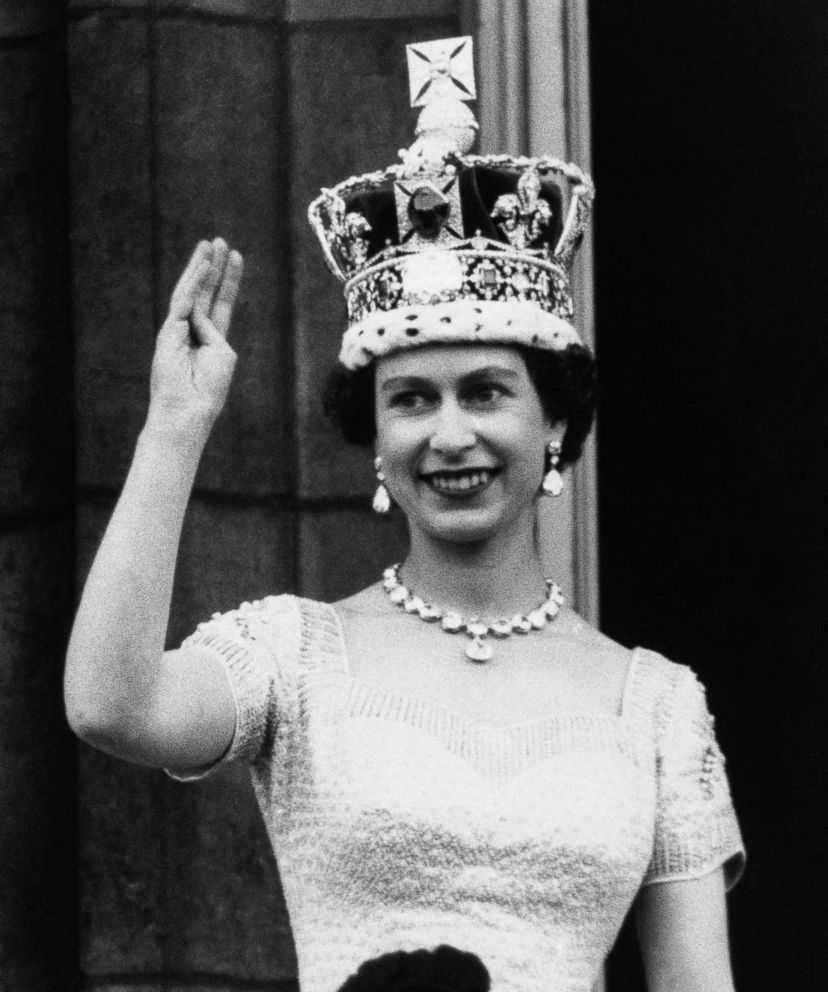
Sixty-five years since that day Queen Elizabeth II is the longest-reigning king or queen in the more than a thousand-year history of the British monarchy, and currently the world’s oldest head of state.
When she became queen, the U.K. was struggling to rebuild itself after the Second World War. The Treasury was empty, food was still being rationed and the British Empire was beginning to crumble, starting with the British withdrawal from India in 1947.
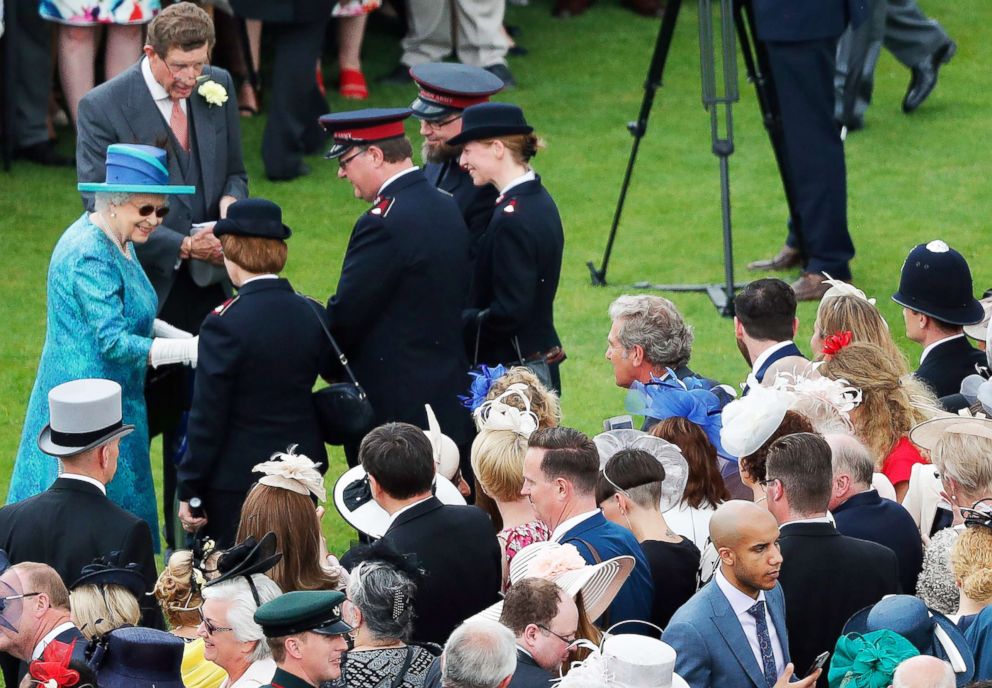
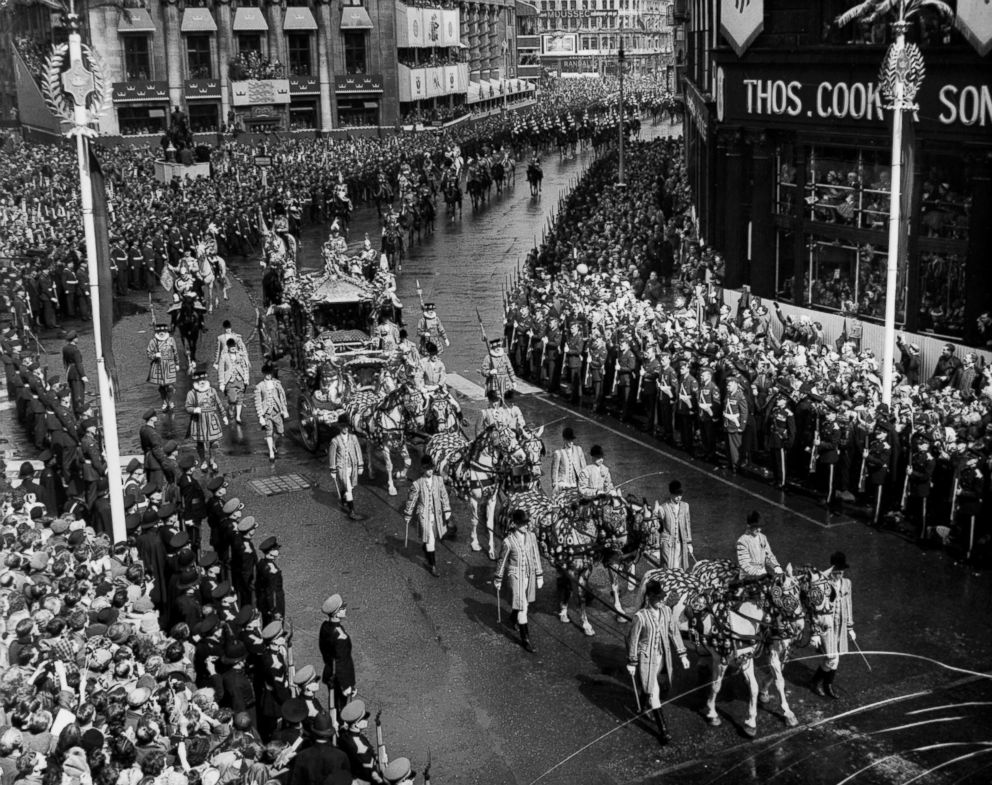
The coronation was styled as an event marking a new period of renewal after long years of hardship following the war. In truth the Queen’s early years as monarch were tumultuous.
The Suez Crisis, where Britain (along with France) was forced into a humiliating retreat after a failed invasion, was a stark demonstration of its failing imperial power and influence.
Colonies continued to break from the British Empire as it struggled to maintain its grip.
Queen Elizabeth II's life through the years
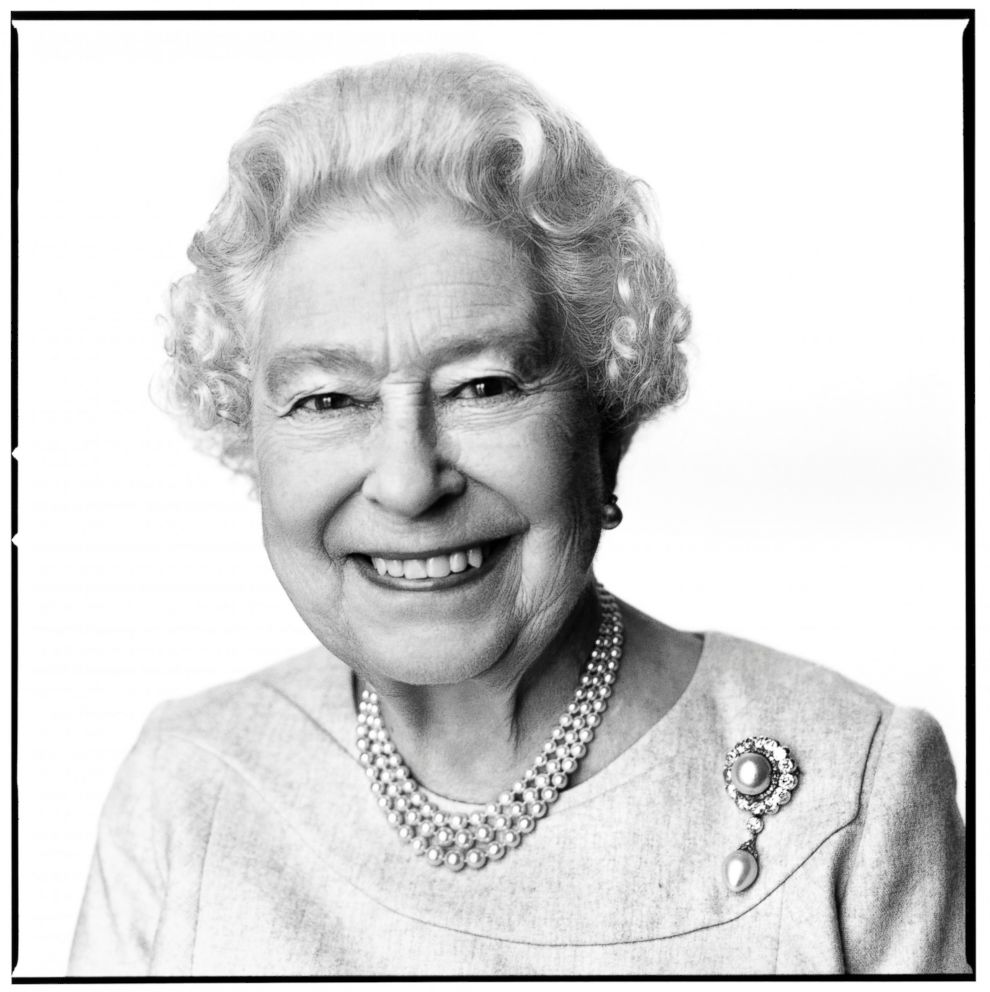
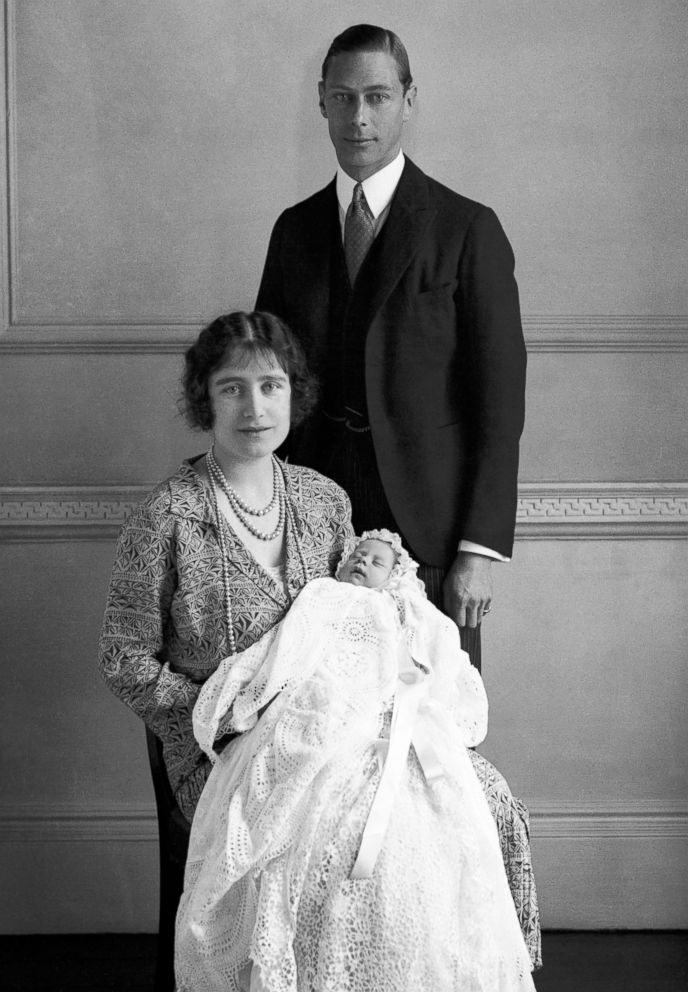
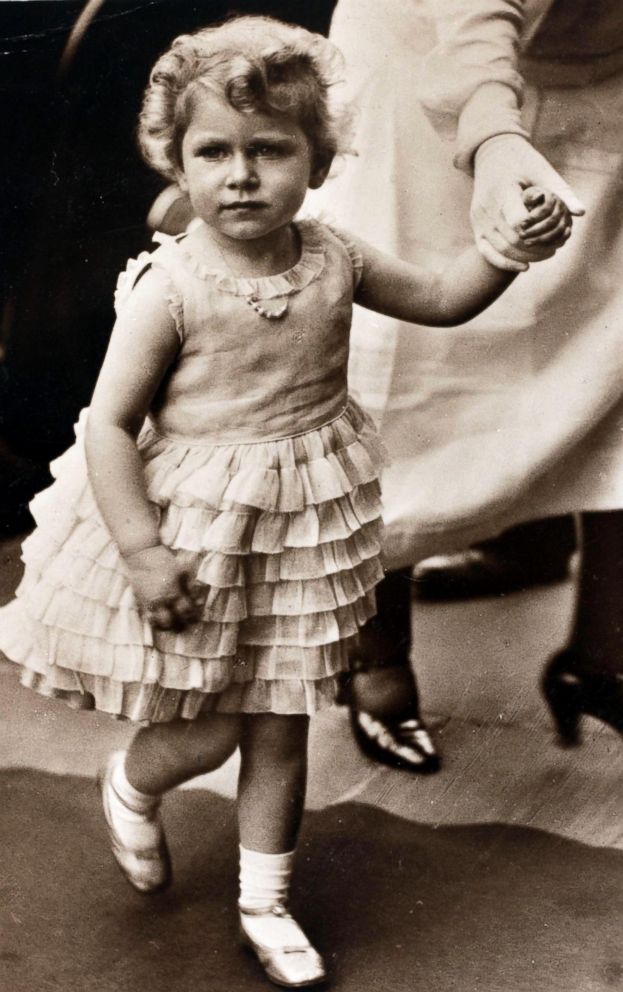
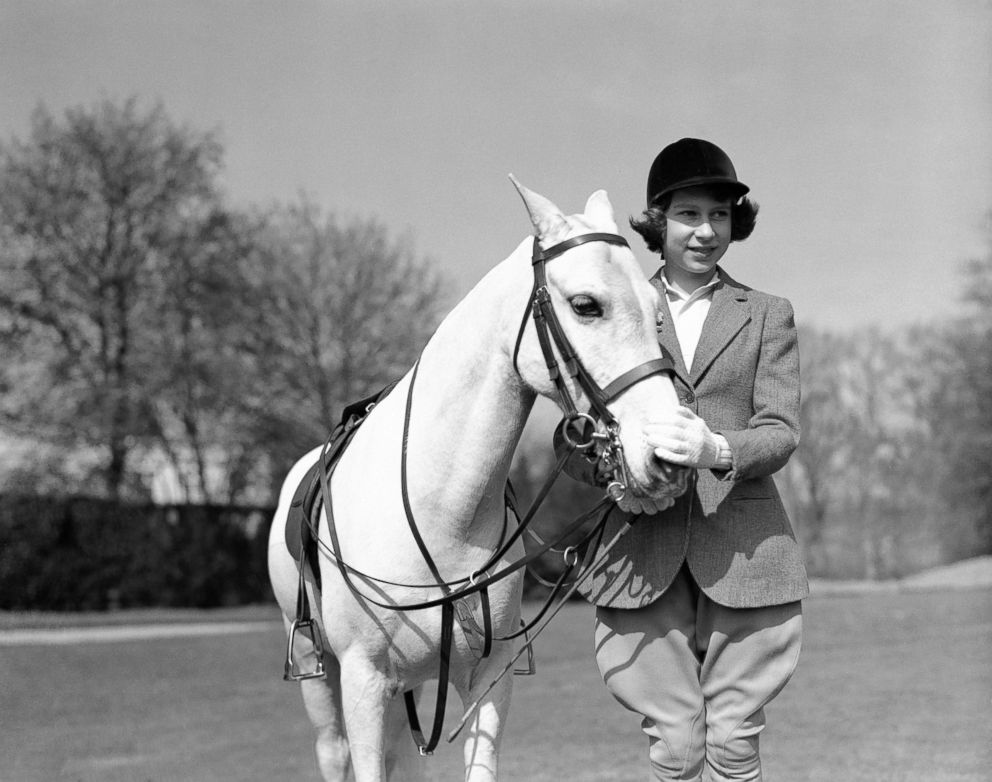
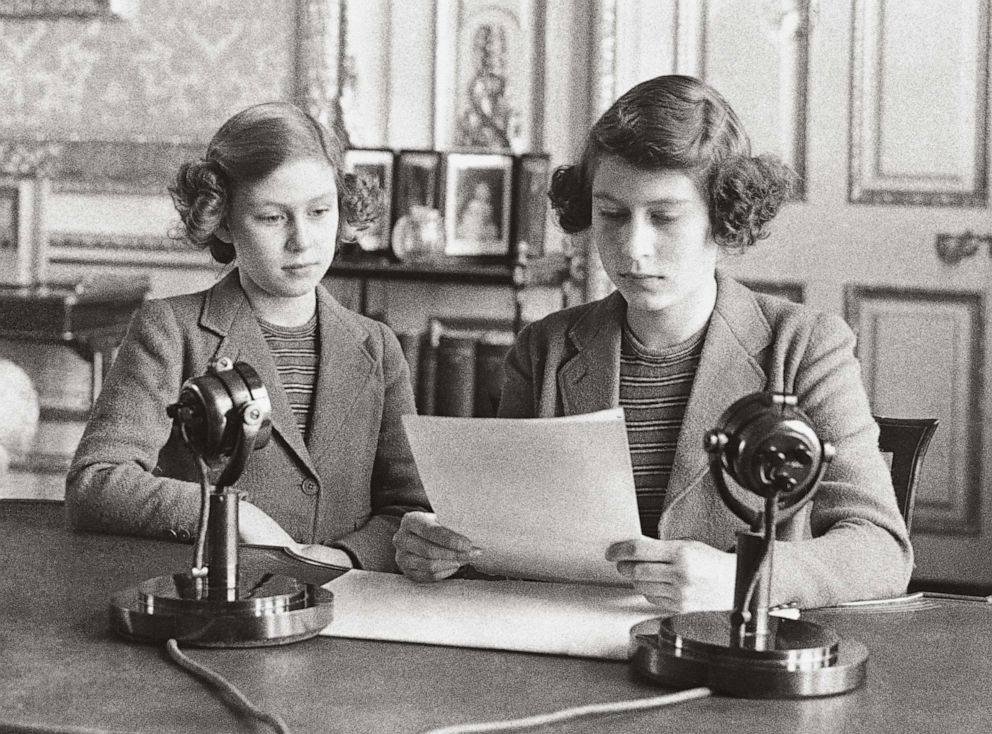



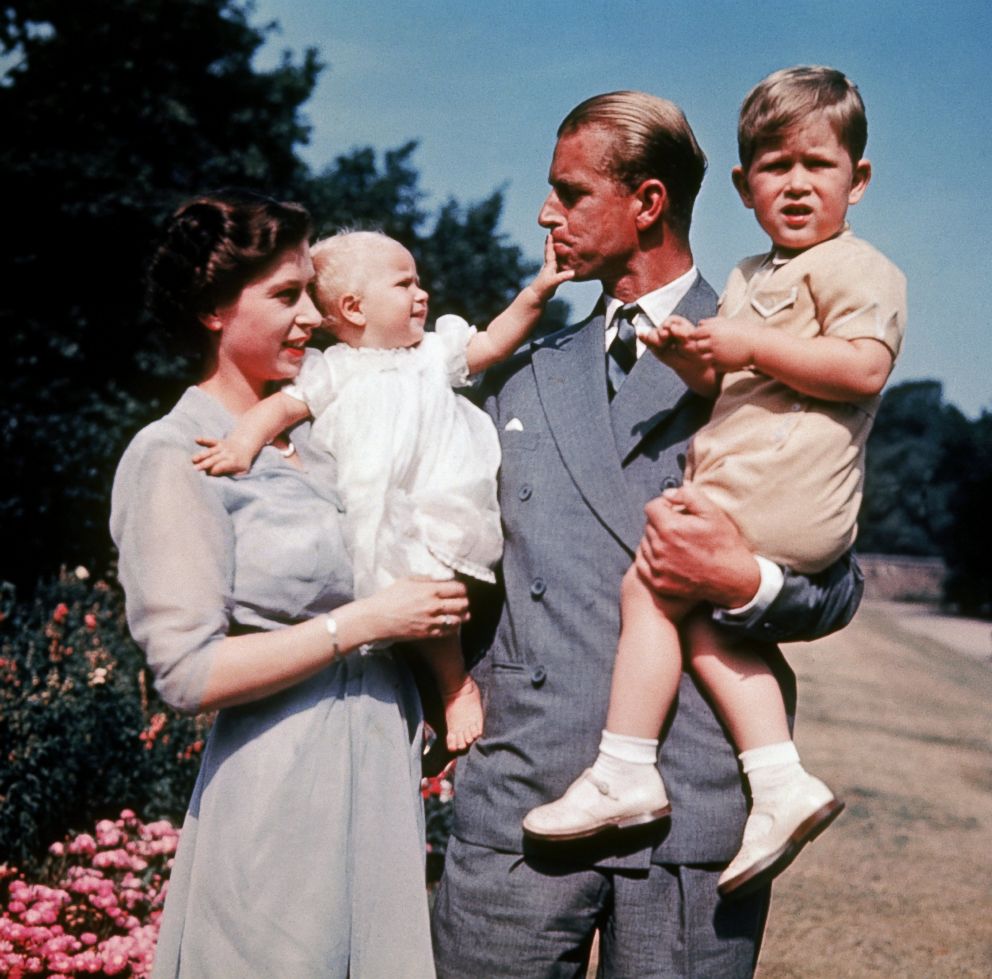
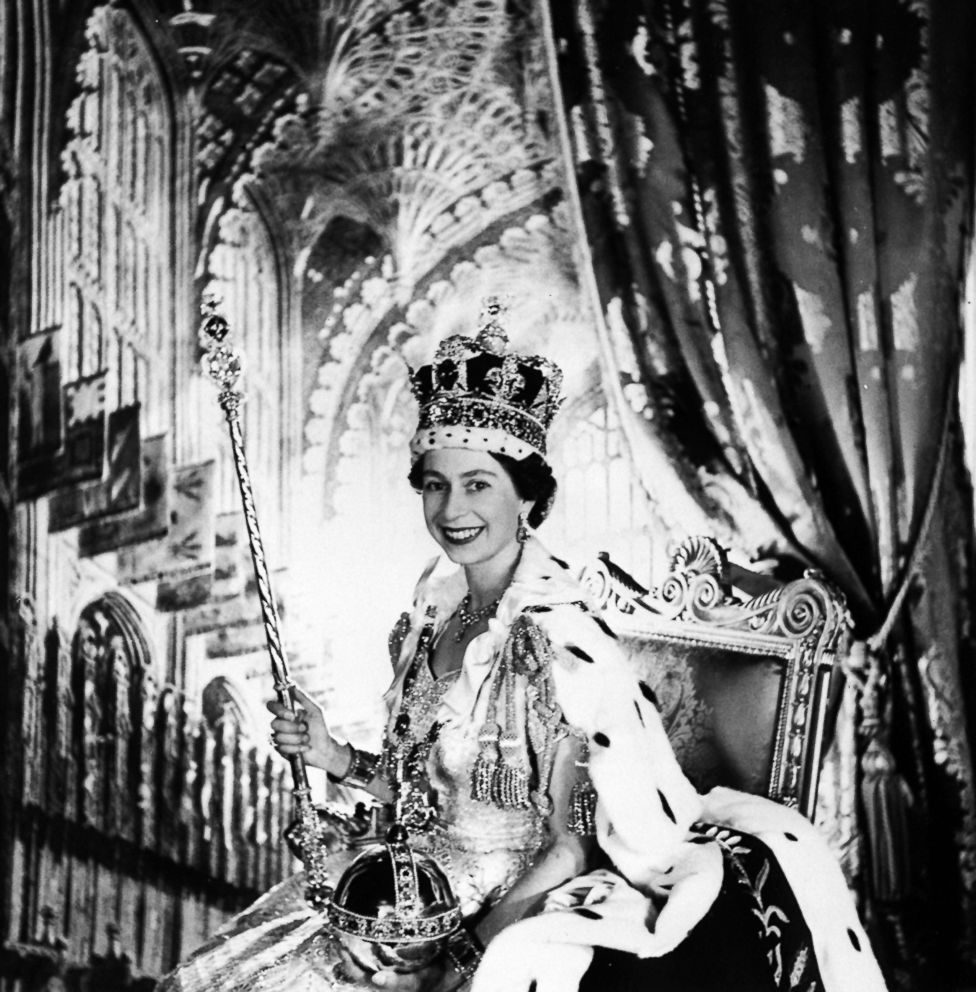
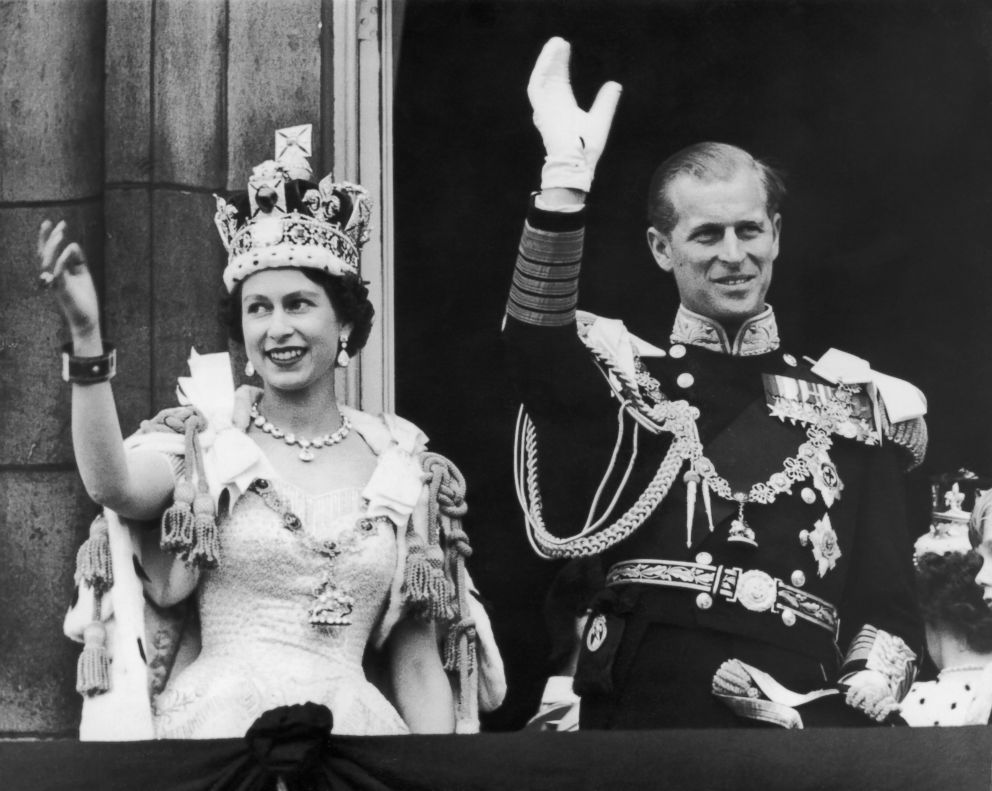
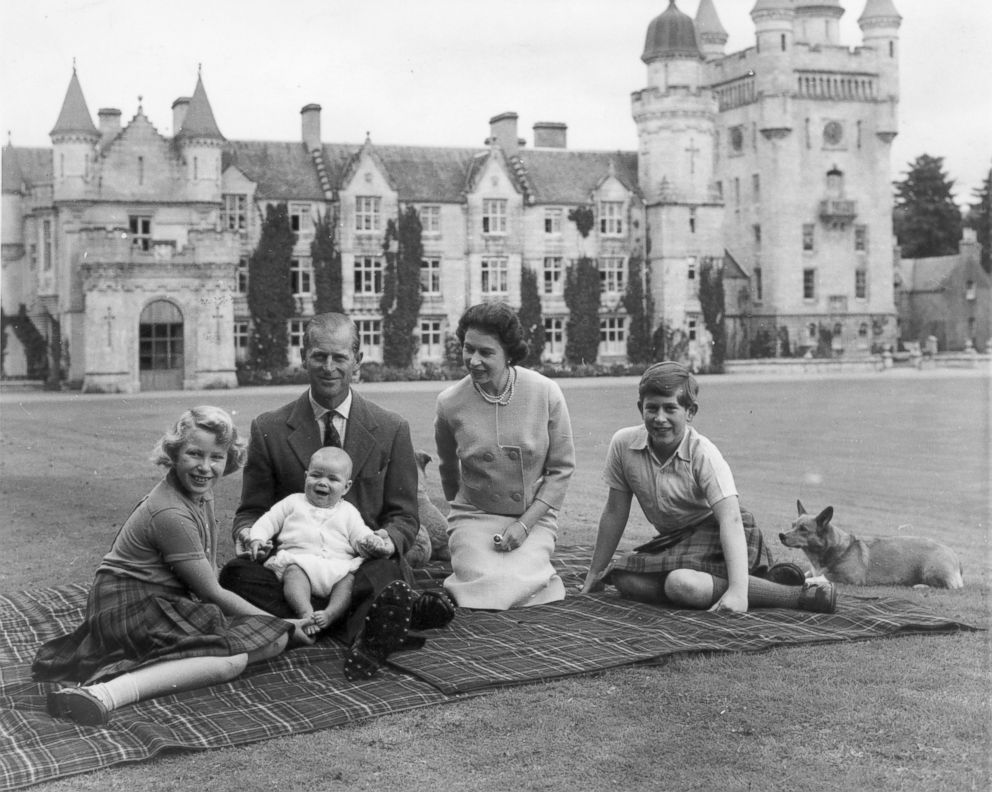

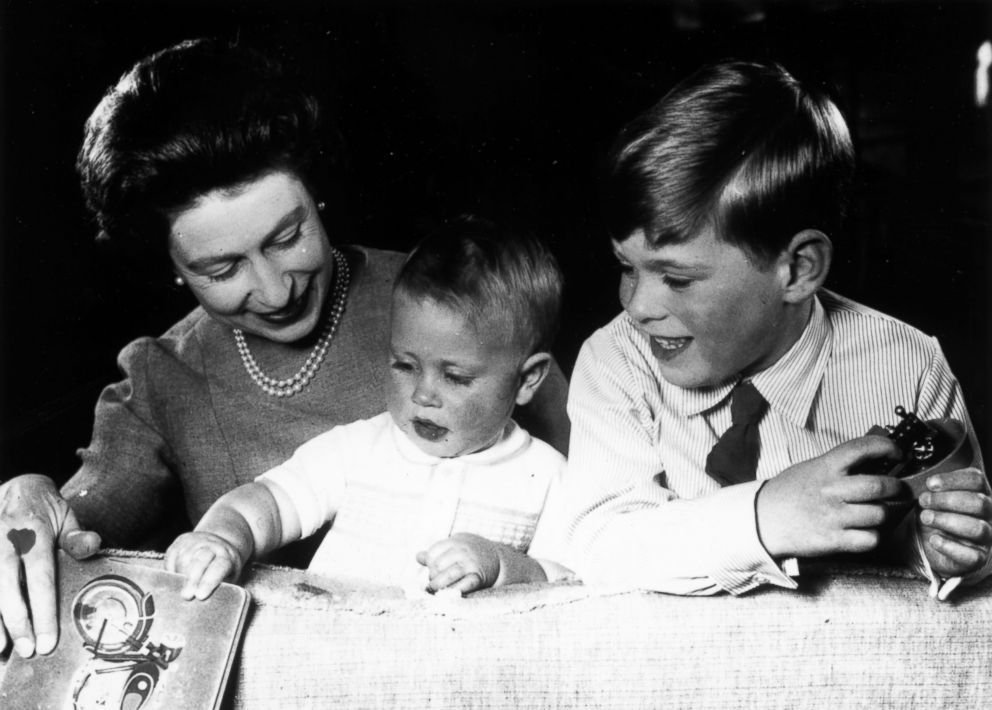
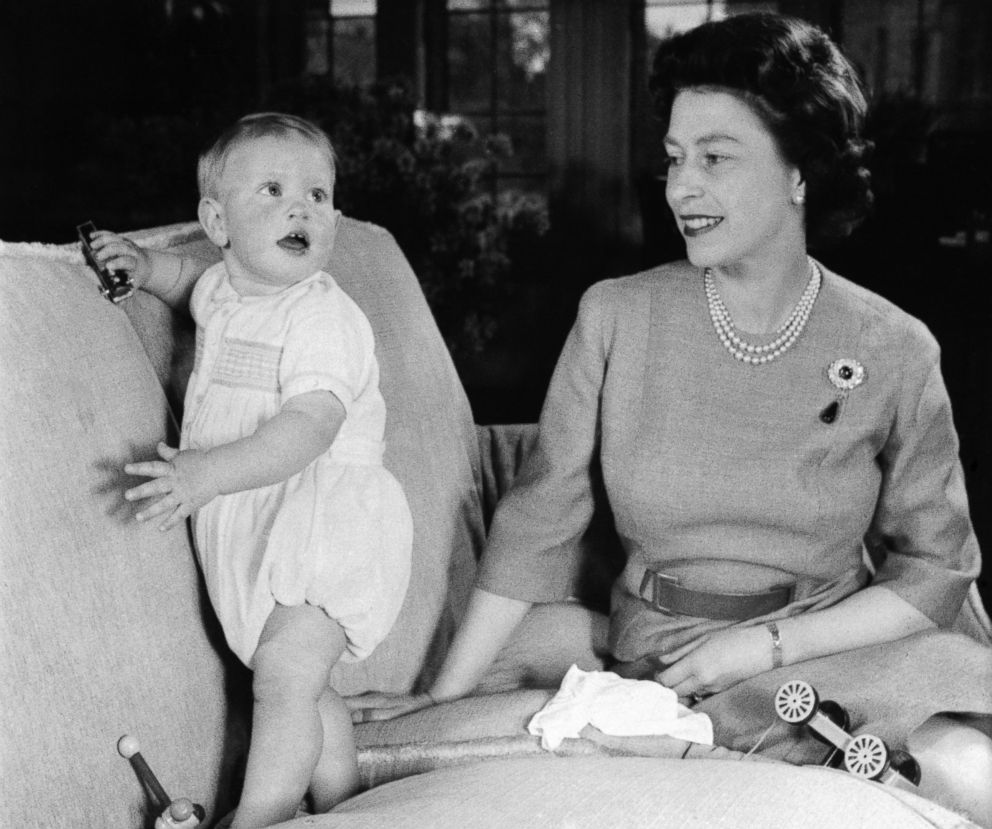
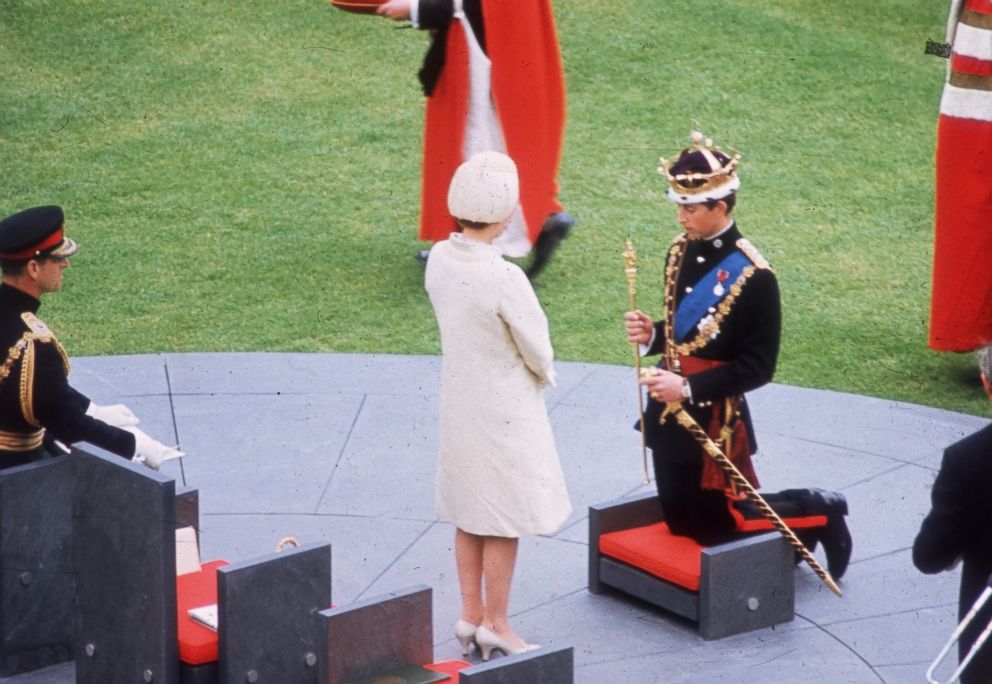
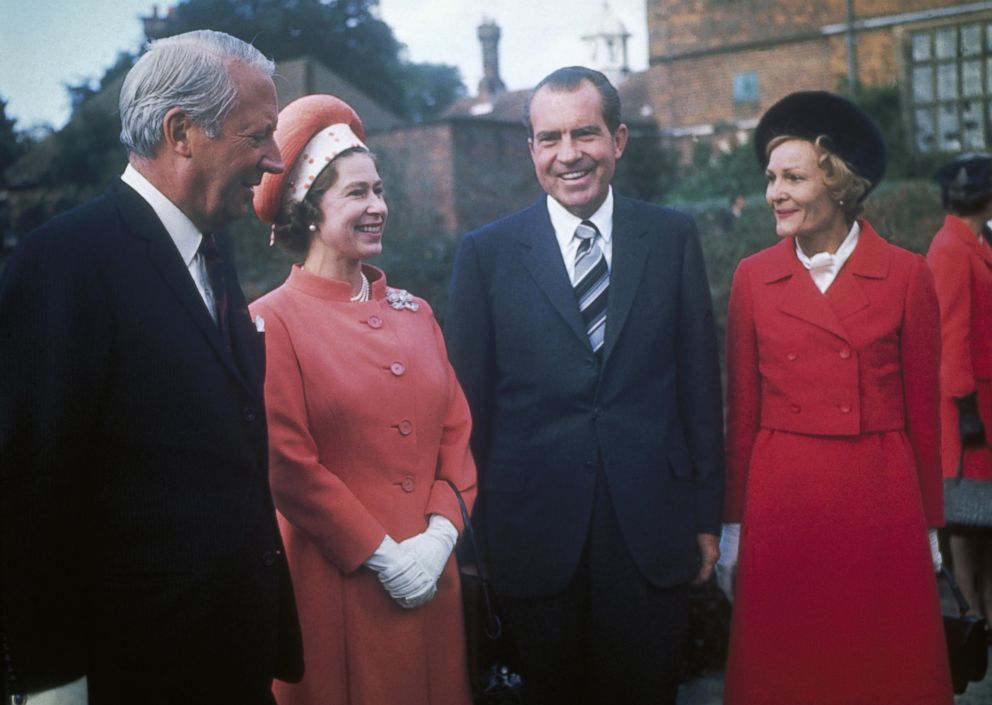
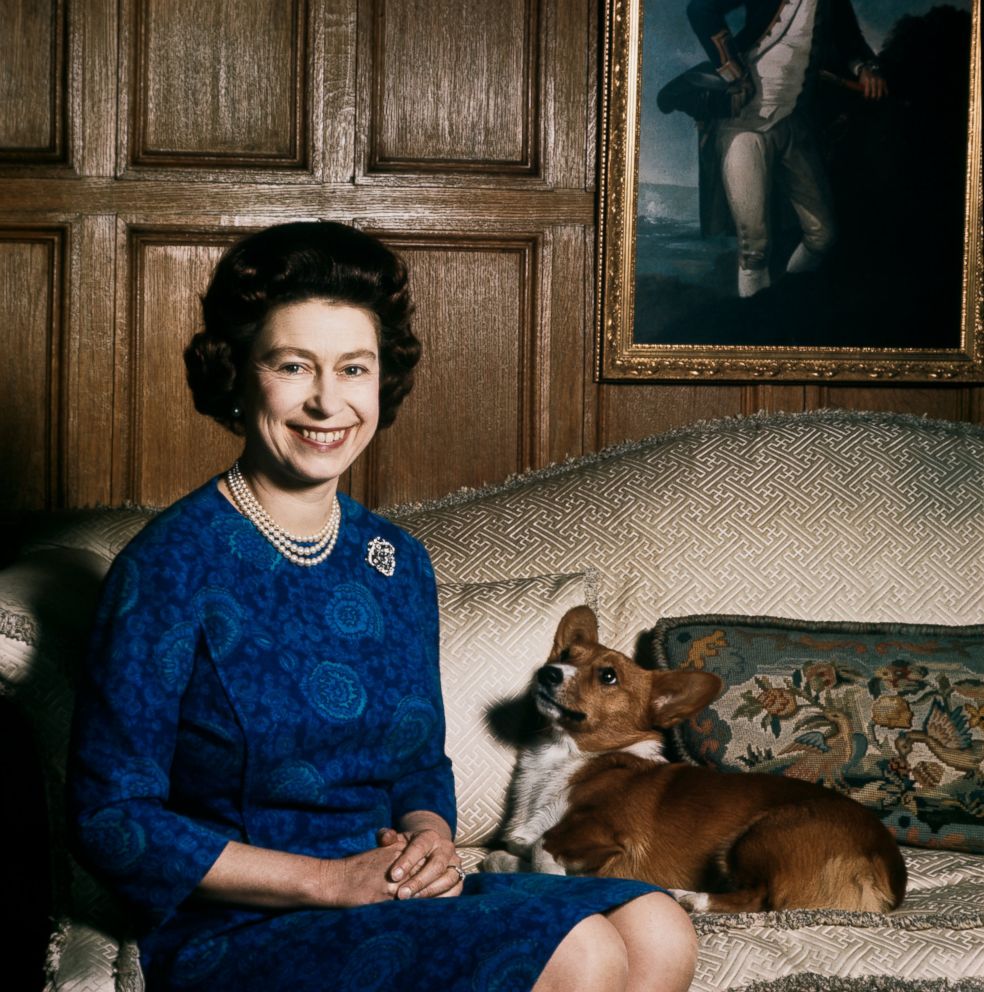

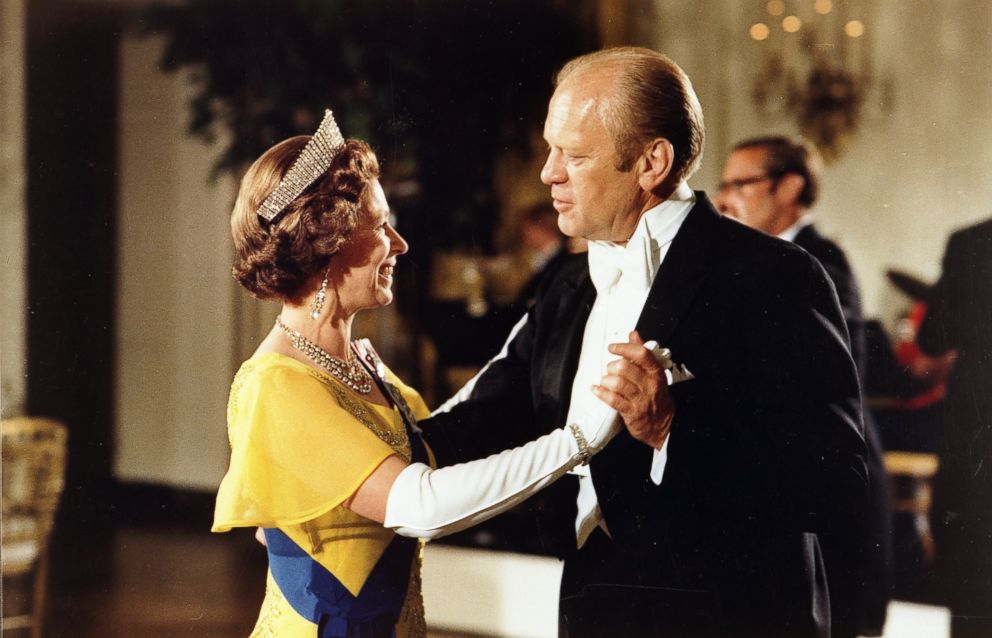
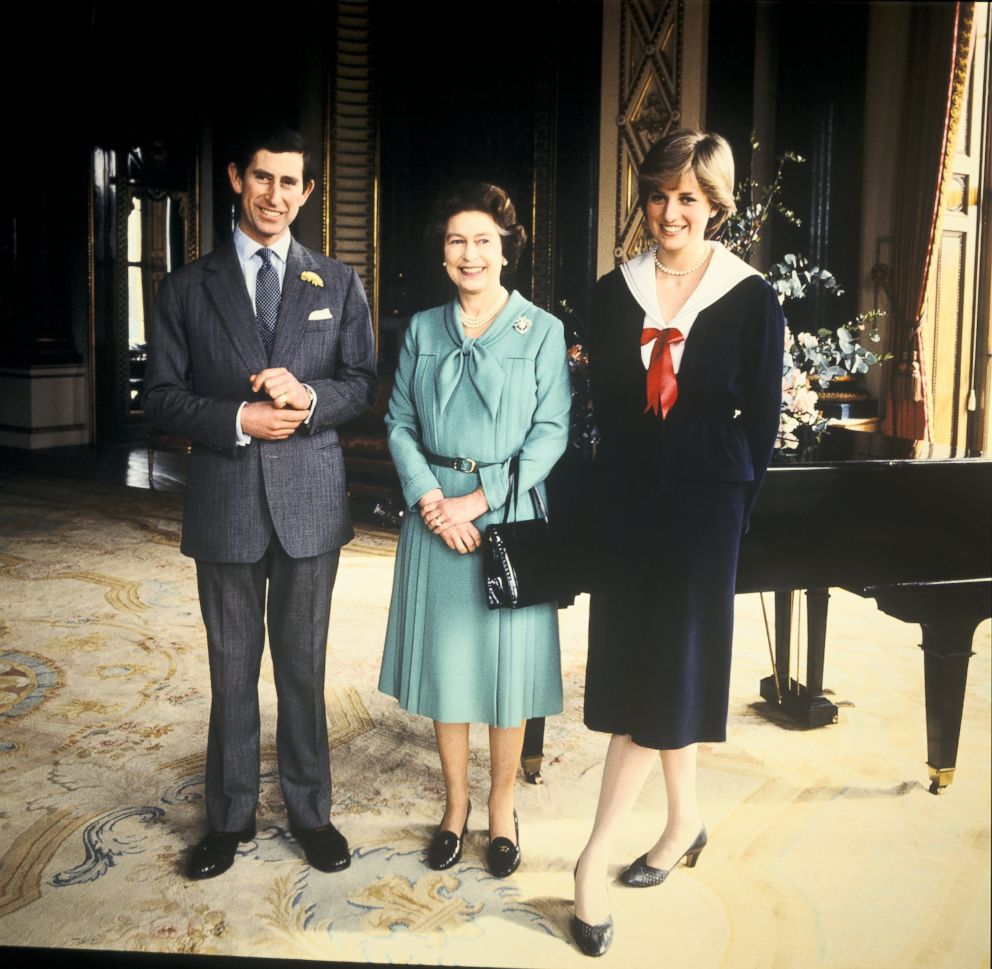
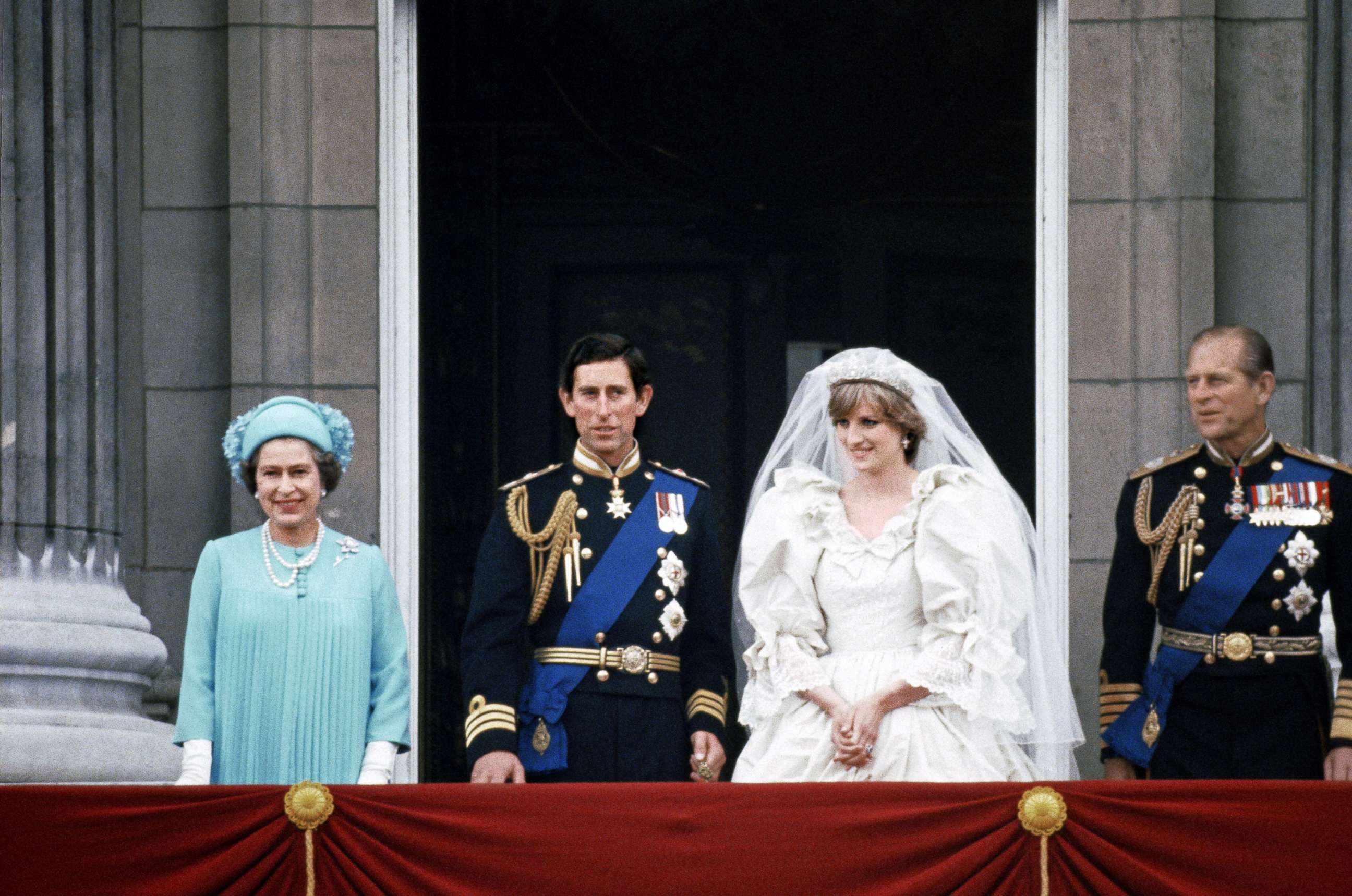
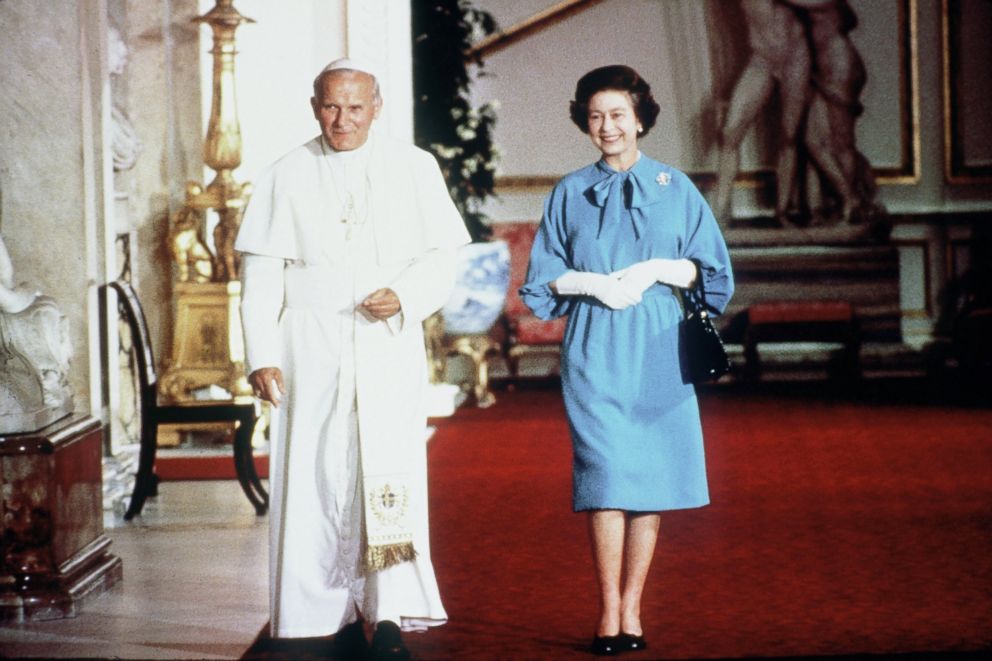


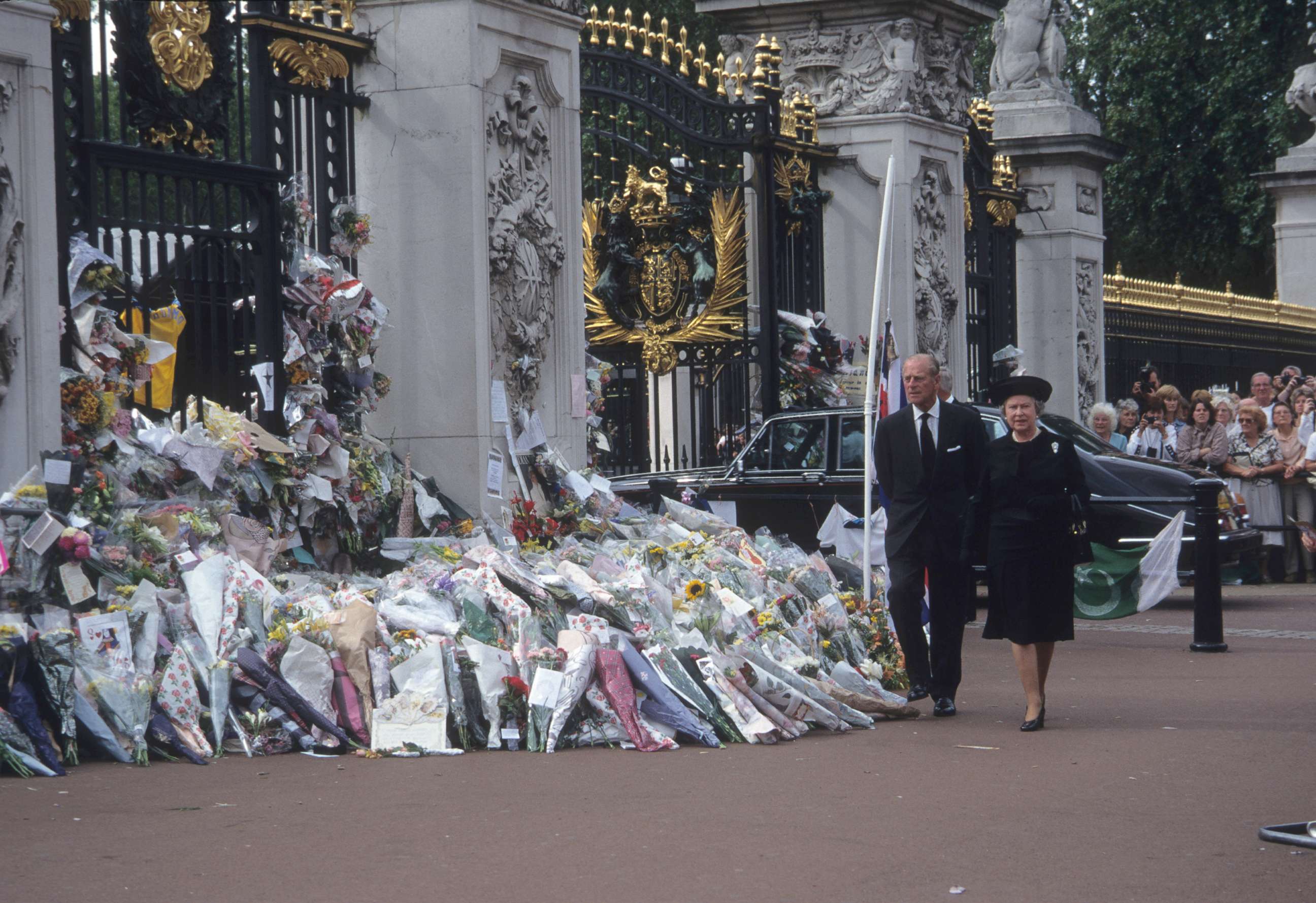


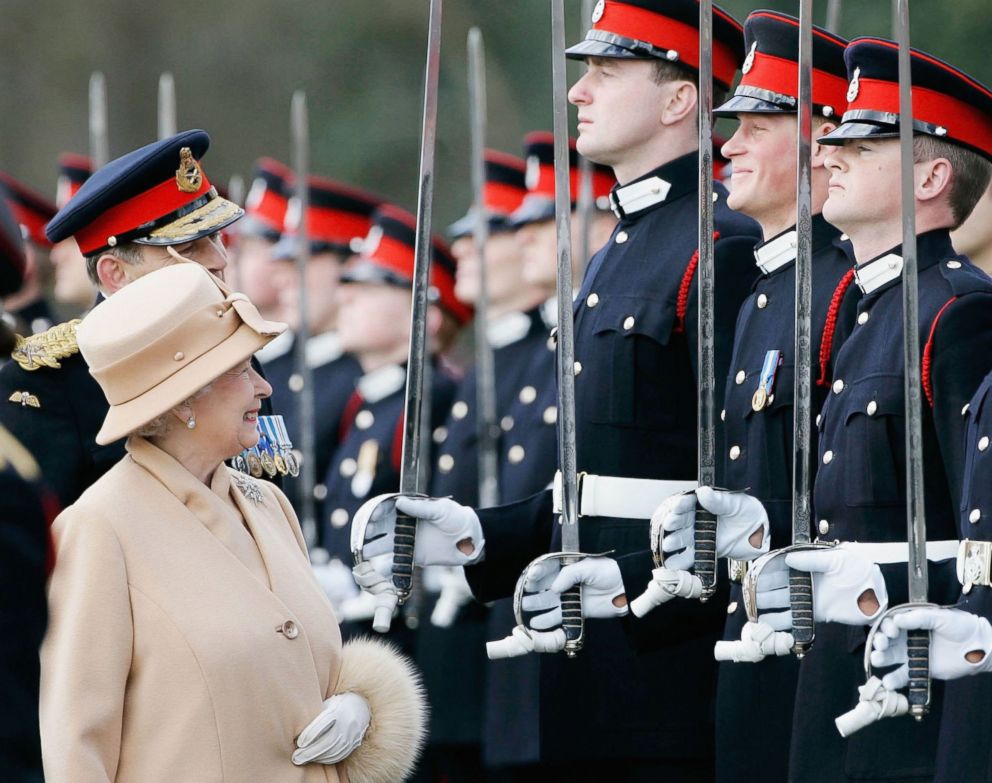

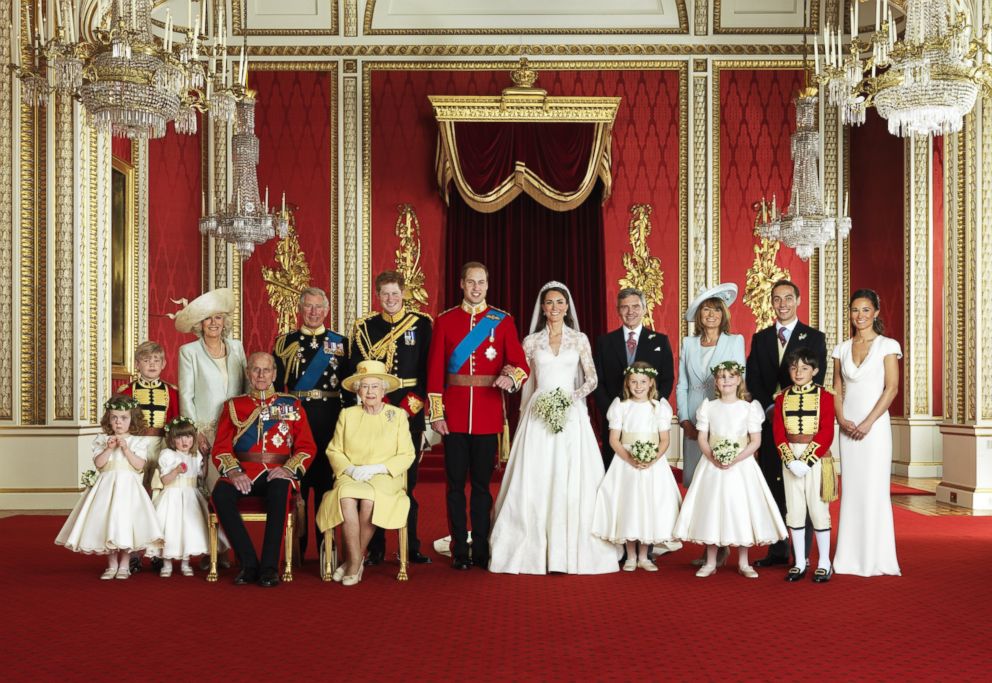
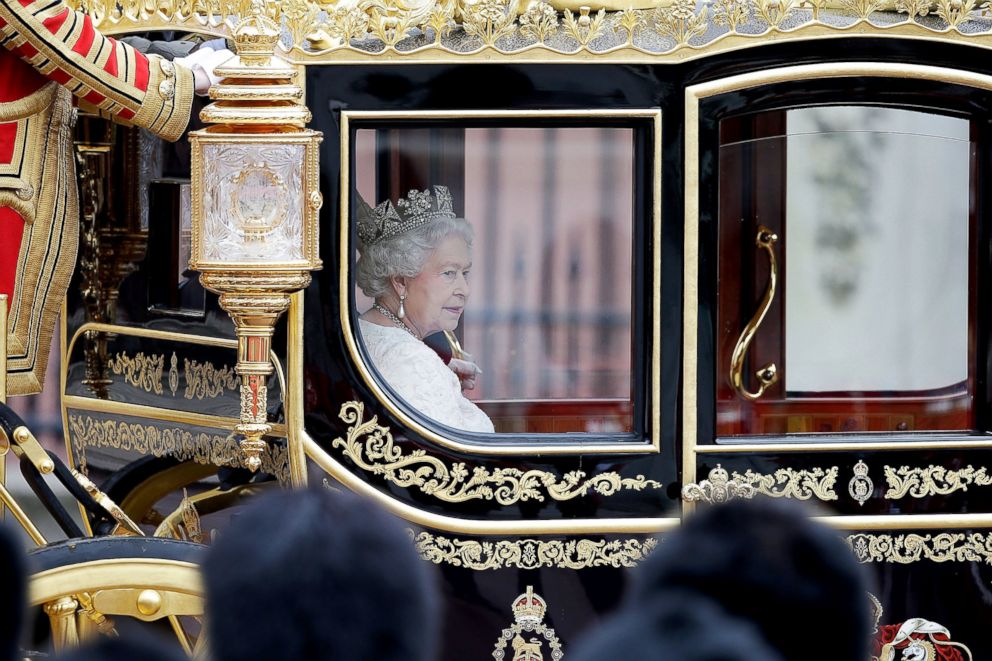
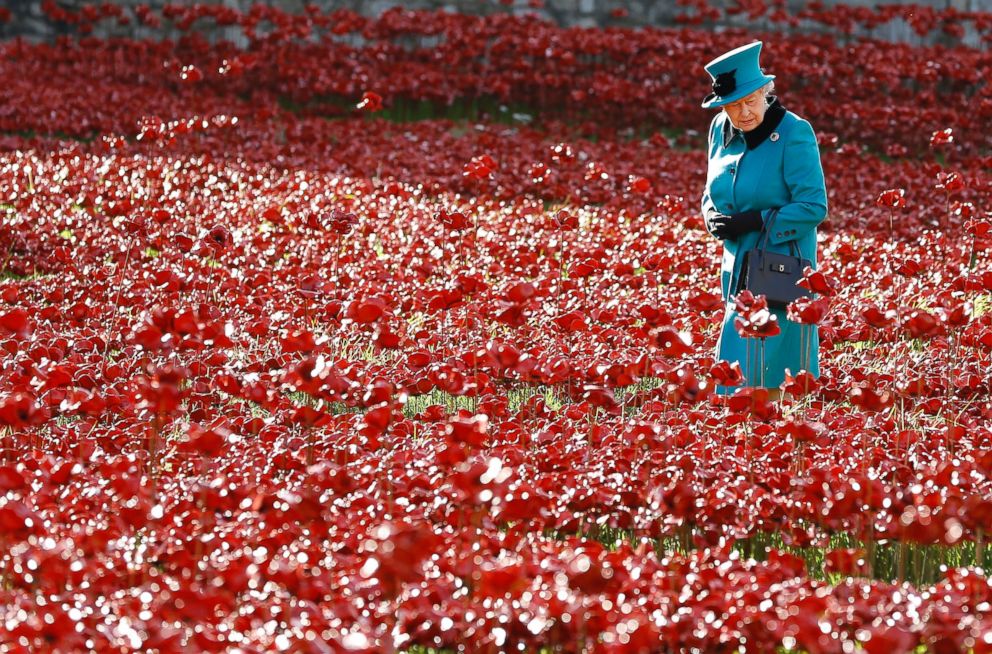
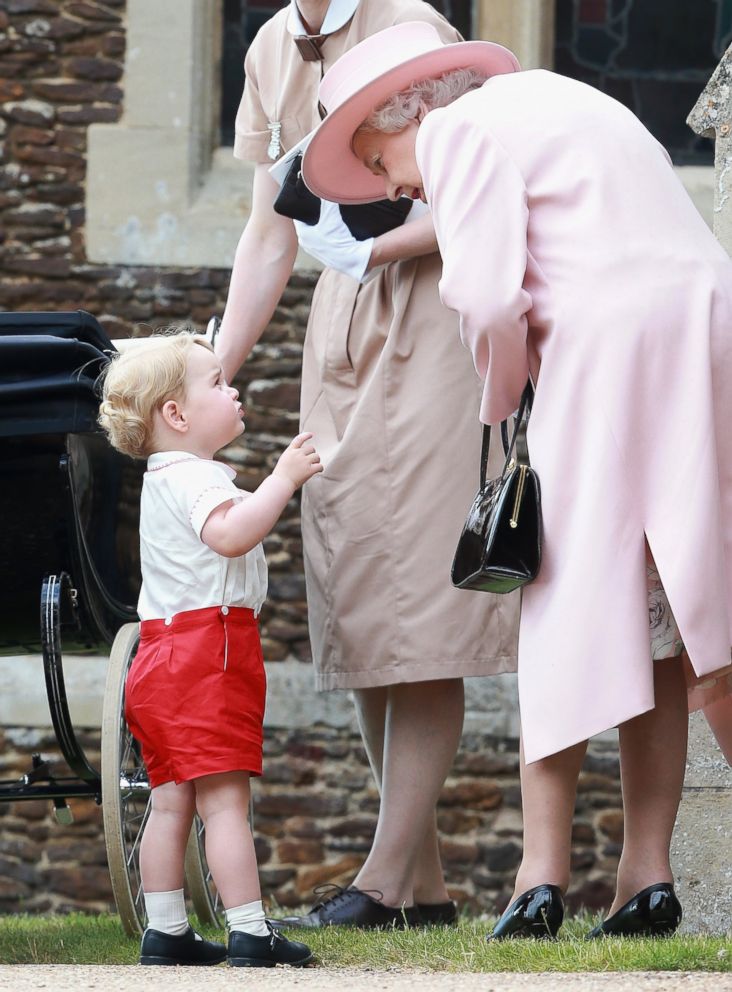
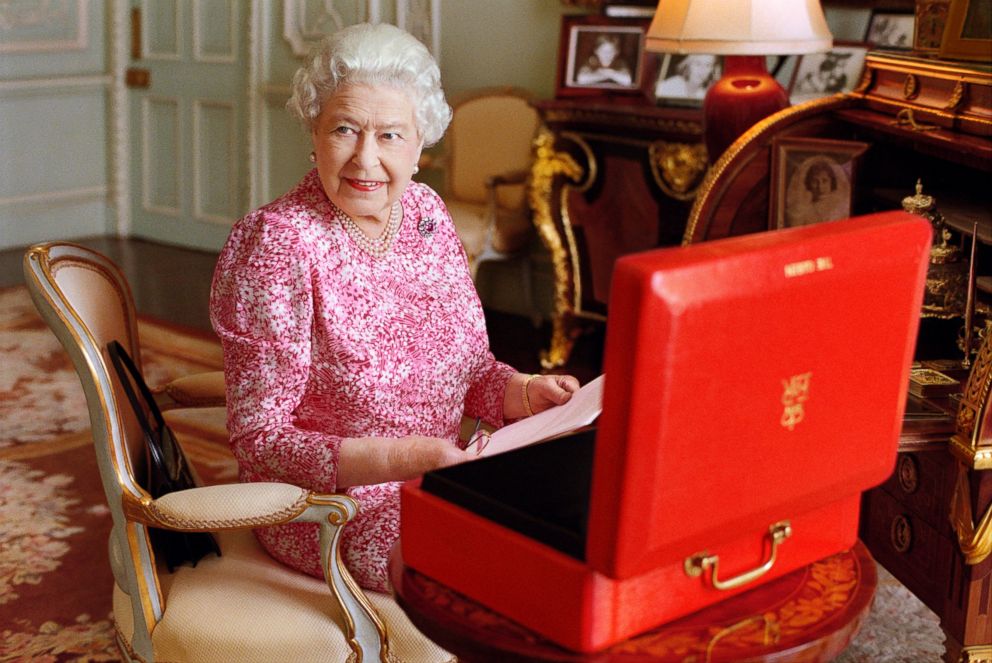
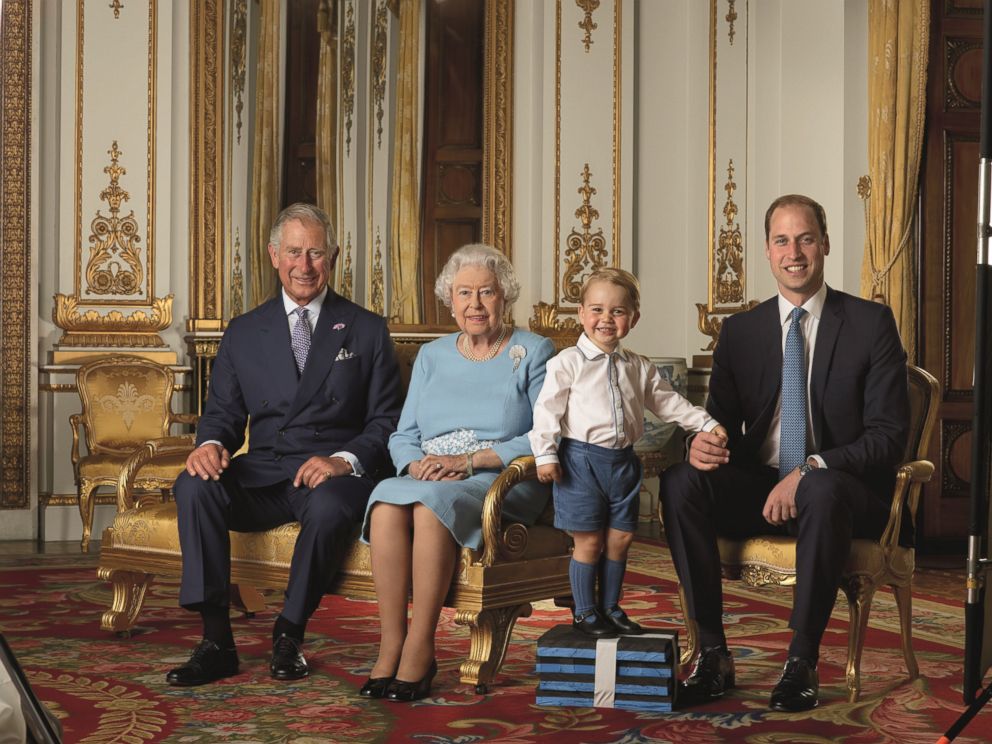
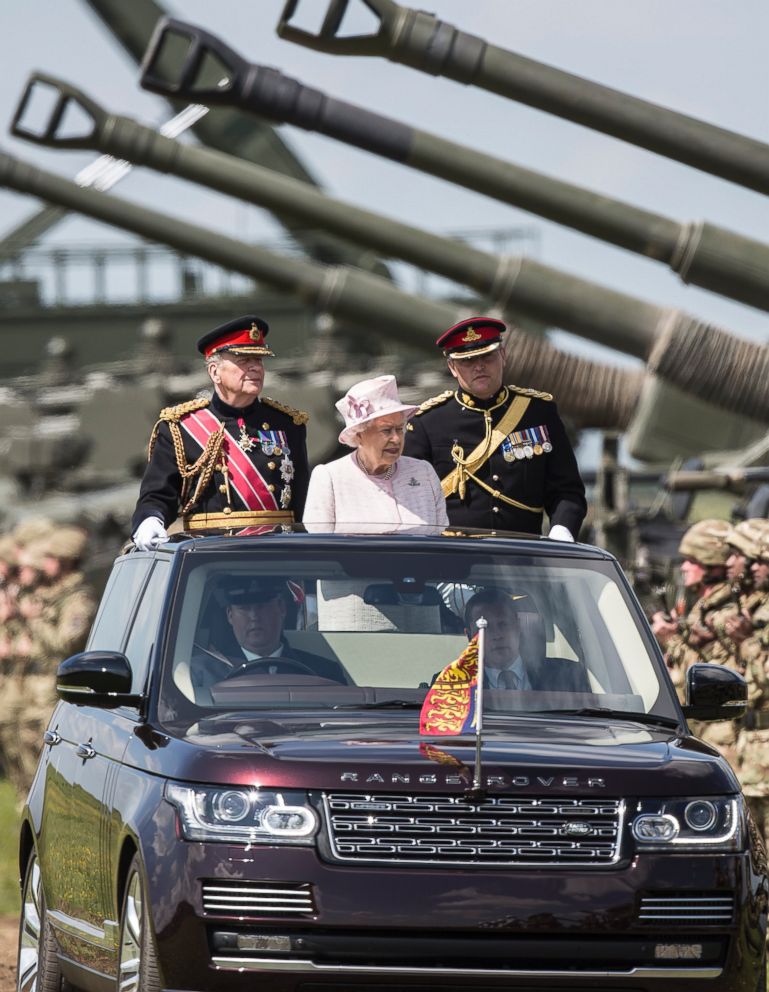
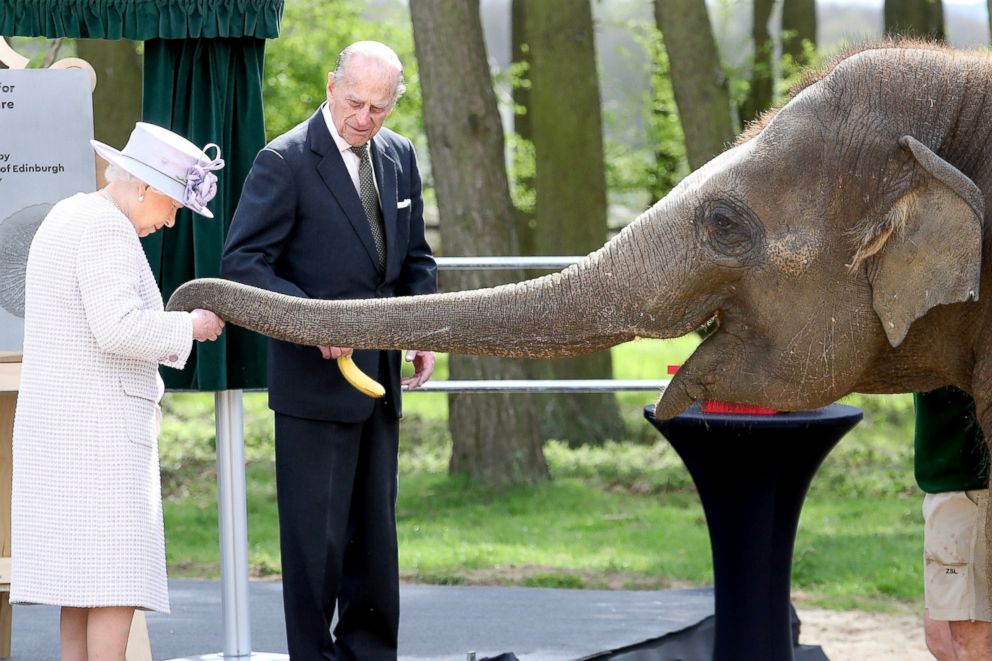
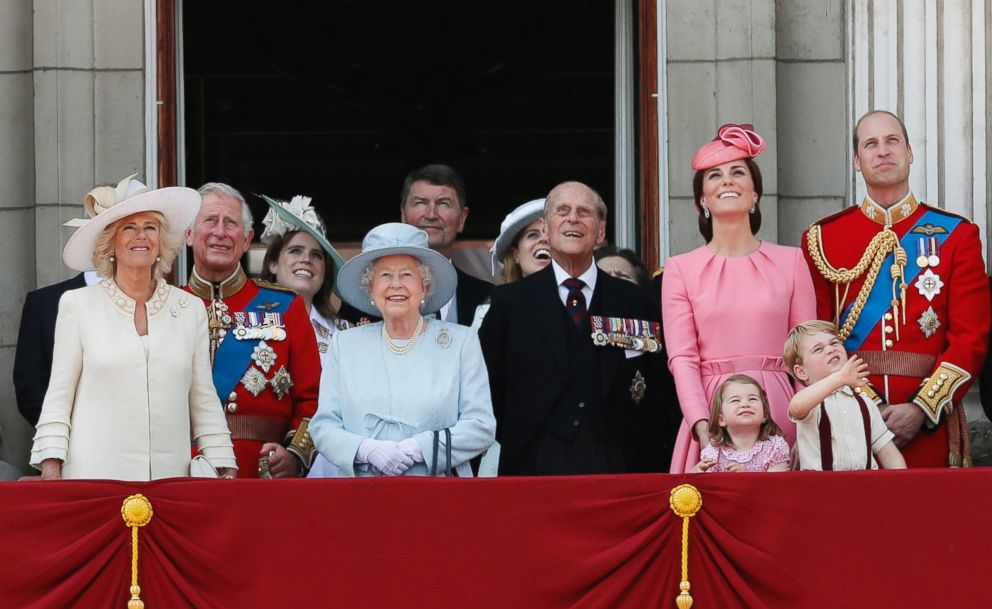
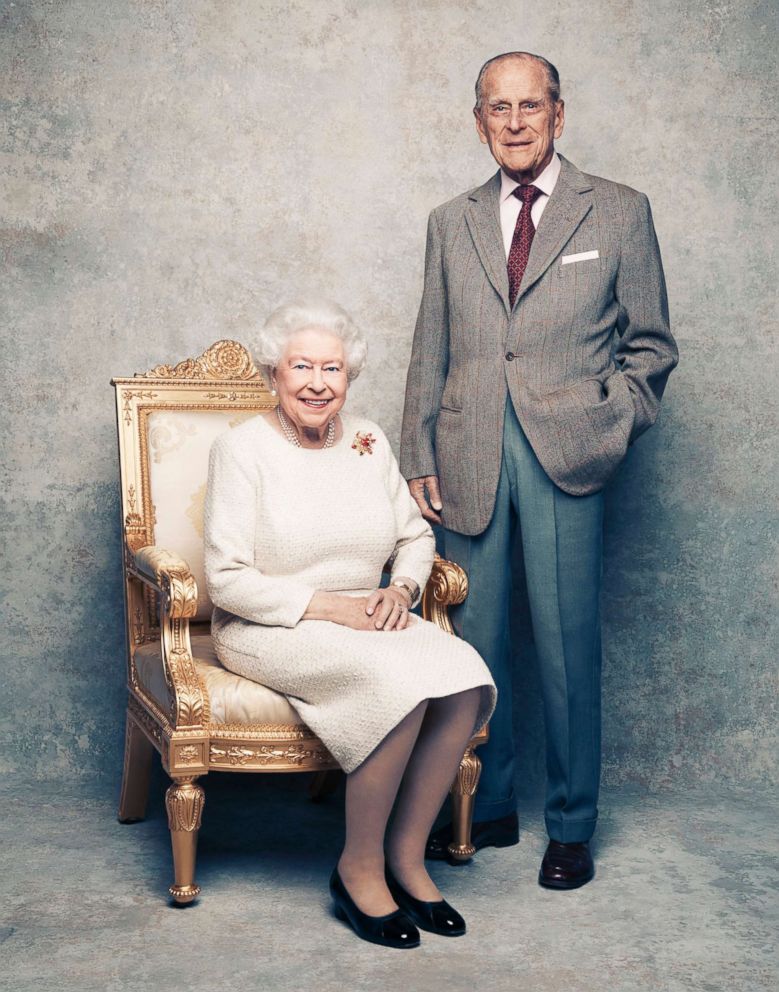
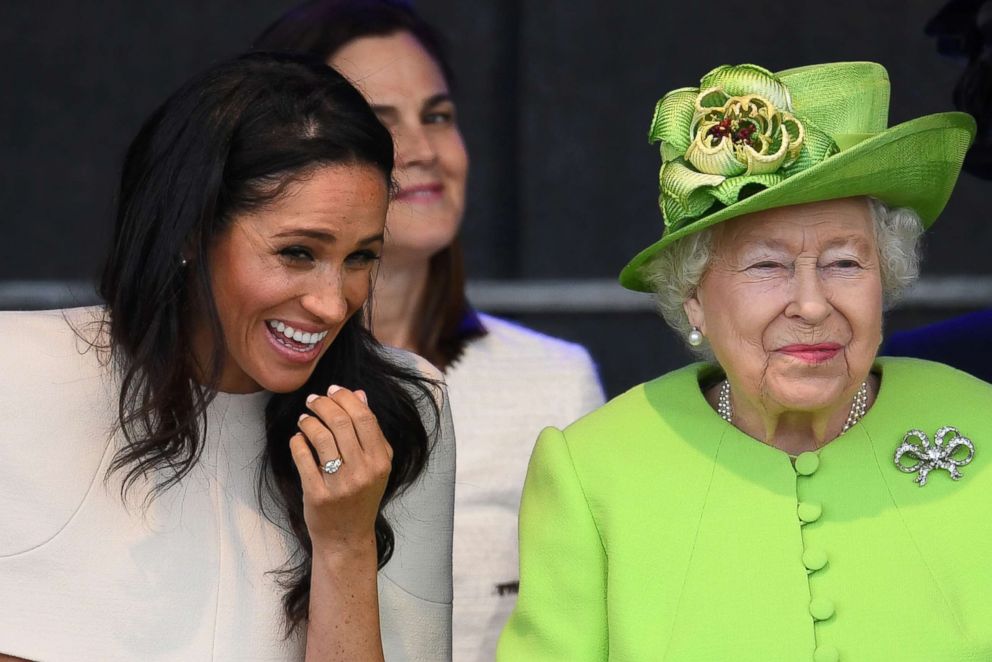

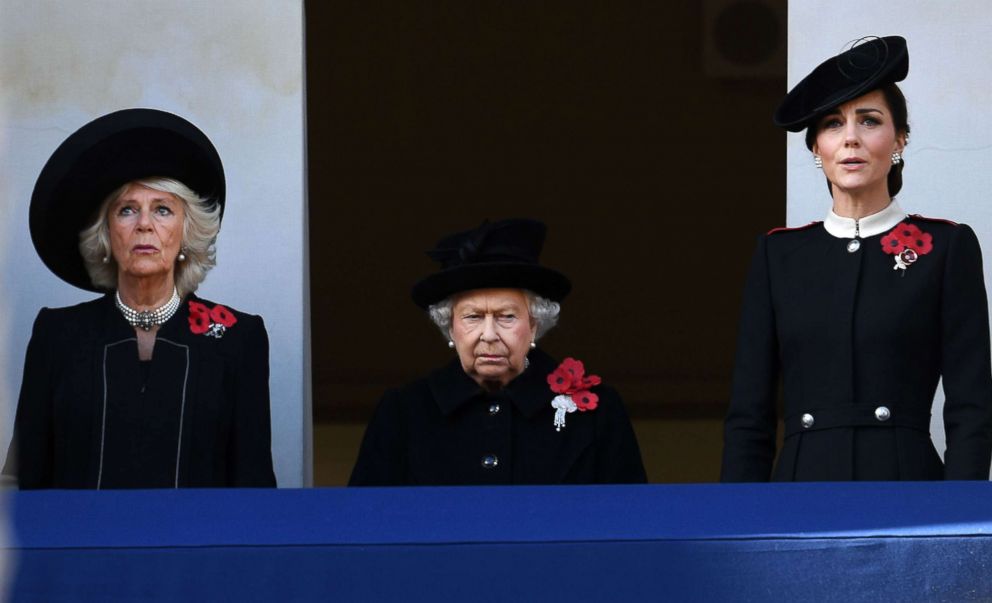

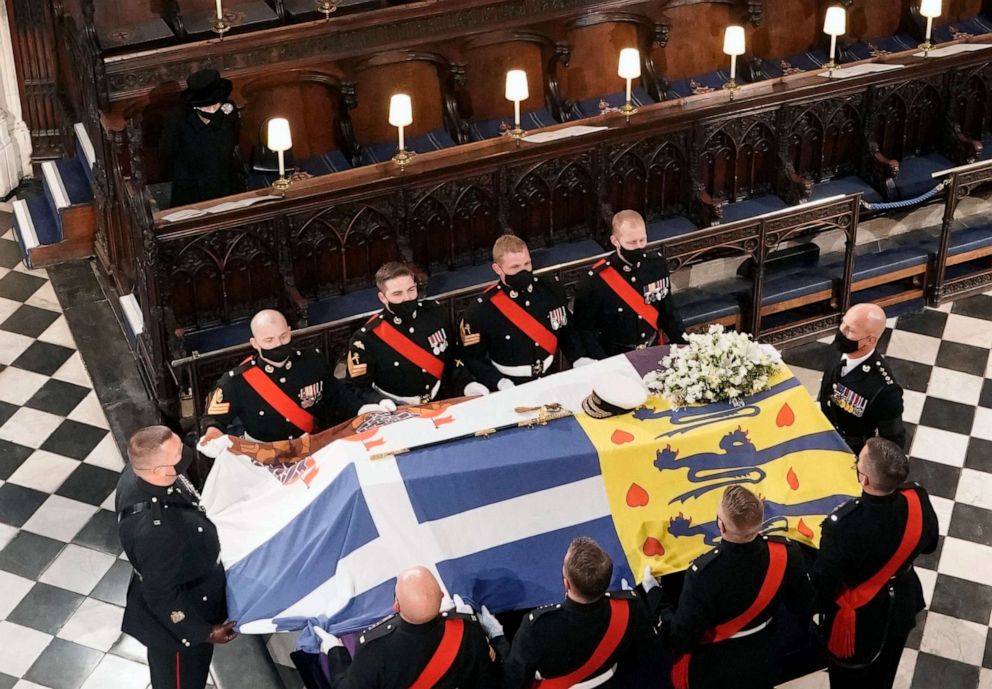
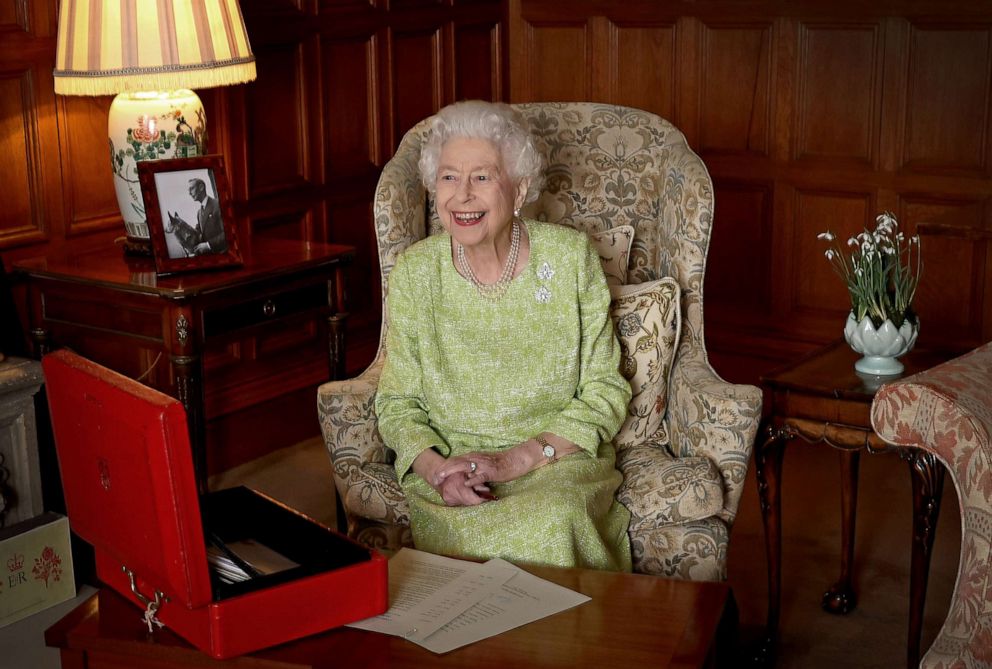
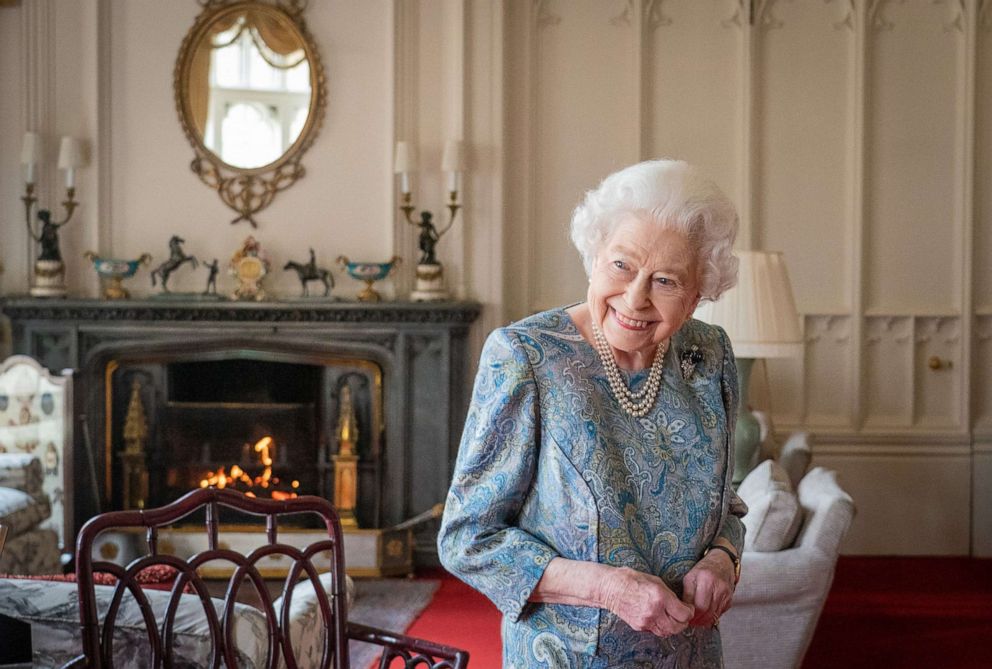
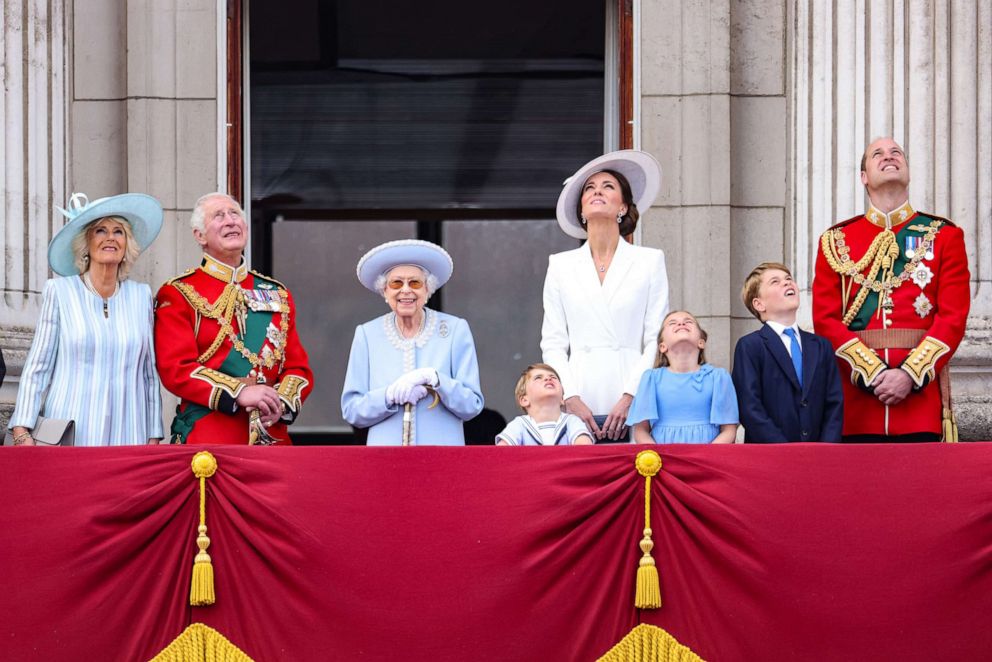
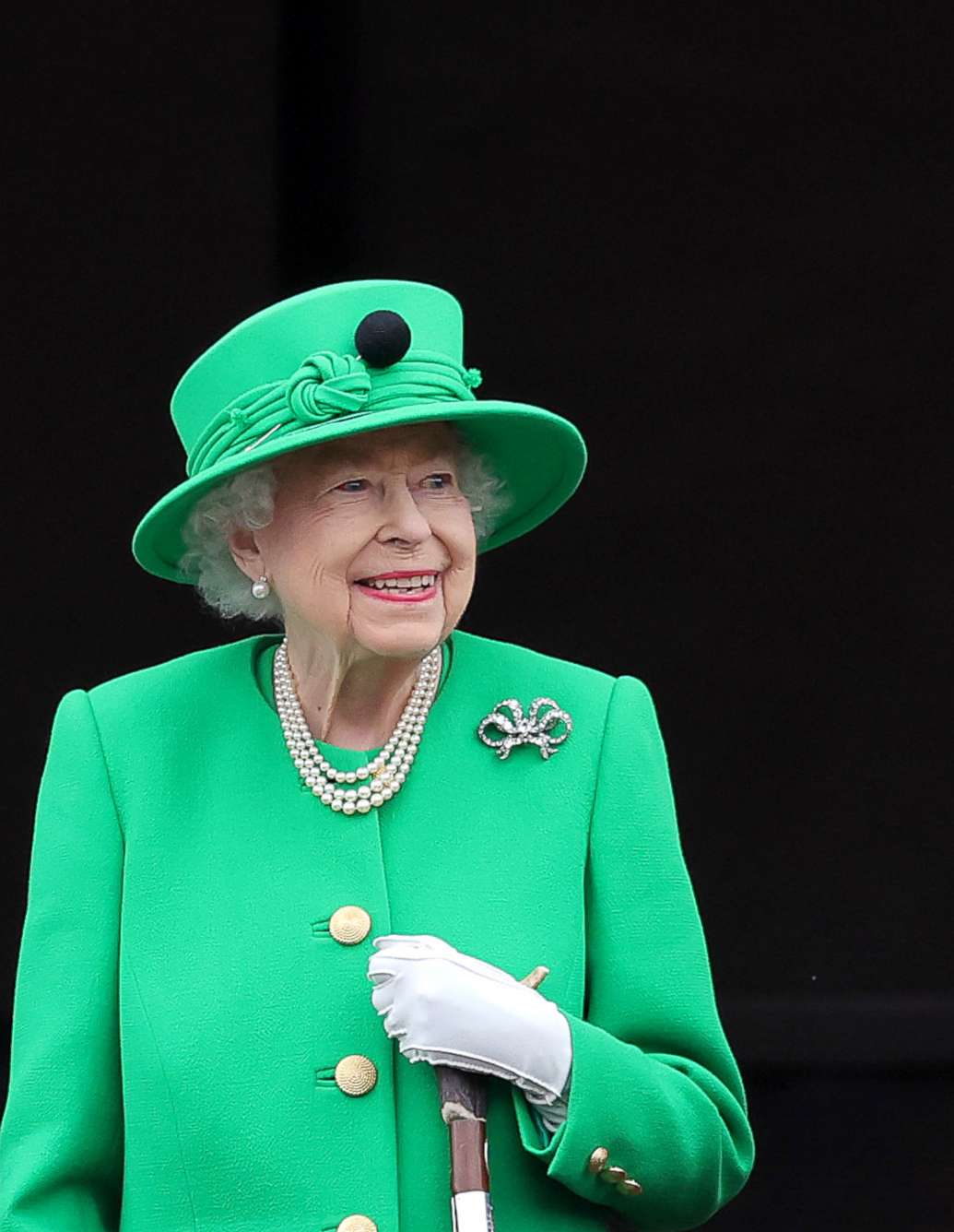

As the head of state, the queen rules by constitutional monarchy, but the U.K. is governed by a parliamentary democracy.
The official name of Britain’s leadership is Her Majesty’s Government, and as queen, her duties include weekly briefings with the prime minister which serve as advisory, informal conversations.
Though the monarchy is largely a symbolic figurehead in a parliamentary democracy, the queen enjoys a popularity among her citizens that most politicians could only dream of.
A 2016 poll as the queen approached her 90th year showed that Britons were increasingly opposed to the queen retiring, the number rising “substantially” since the turn of the century.